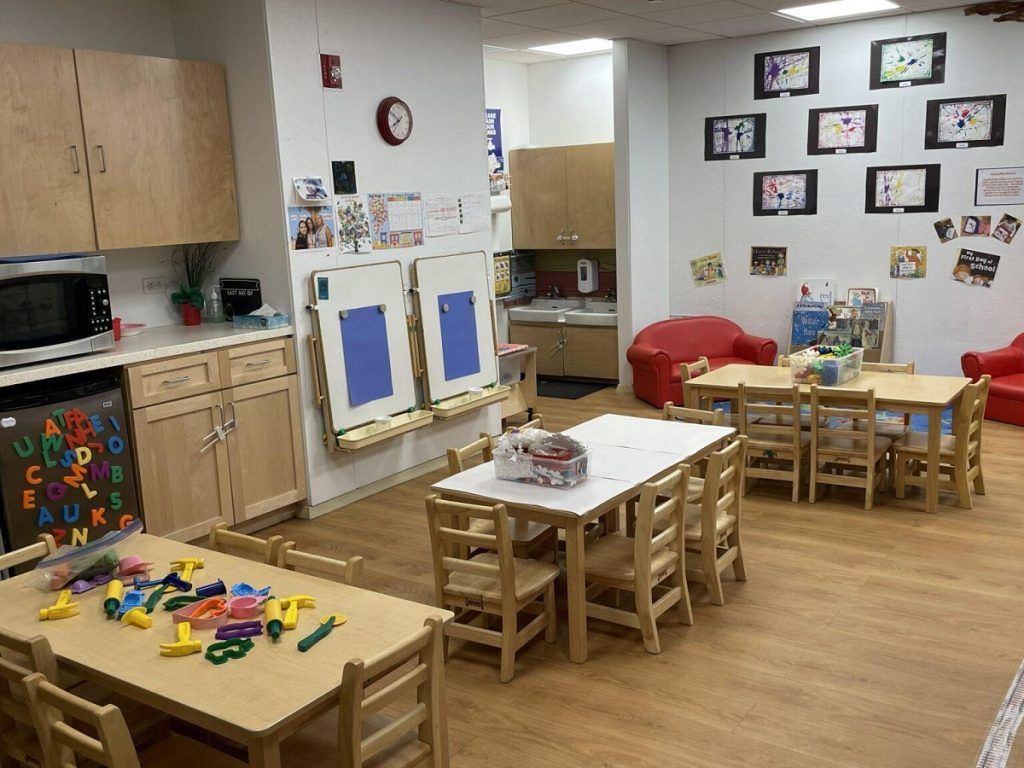New York City is facing a major challenge: the high cost of childcare. Many families struggle, with some paying more than $30,000 a year for a single child. The election of Zohran Mamdani as mayor has brought renewed hope for universal free childcare—a central pillar of his campaign for a more affordable city. While the promise of free childcare has gained widespread attention, its implementation faces significant obstacles, including an estimated $6 billion price tag, the need for hundreds of additional childcare workers, and the political coordination required between city and state leadership.
The financial burden of childcare in New York City is an urgent issue for countless families. Mothers like Rebecca Baylin highlight the severity of the situation, where monthly childcare expenses often exceed major household costs. Her experience reflects a broader national trend showing that childcare consumes a significant portion of household income, leaving many families feeling financially trapped with no viable alternatives. This financial strain affects not only individuals but the city’s economy, as families consider leaving due to high living costs and workers are forced to cut hours or leave the workforce entirely.
Growing Momentum for Universal Free Childcare
The movement for universal free childcare has gained momentum, driven by organizations advocating a system that offers relief to all families. A roadmap has even been drafted to achieve this ambitious goal, envisioning statewide transformation. With Mayor-elect Mamdani taking office, advocates feel a renewed sense of optimism. His campaign resonated widely with New Yorkers through a comprehensive affordability agenda—free public transit, lower grocery prices, rent freezes, and the wildly popular promise of free childcare. Childcare costs remain among the highest expenses for American families and often exceed rent in many states, drawing national attention to the issue.
However, the path to universal free childcare is complex. Experts estimate the project could cost nearly $6 billion for New York City alone, and as much as $14 billion statewide. This massive investment would require major reforms to the city’s existing childcare infrastructure and a large expansion in its workforce. Critics point out that current childcare workers already face low wages and burnout, making recruitment and retention of additional employees a major challenge. Moreover, even among supporters of universal childcare, there are differing opinions on the most effective strategies for implementation and funding.
Hochul’s Role in New York’s Childcare Future
Despite the challenges, supporters believe New York is closer than ever to achieving this long-standing goal. Policy advisors note that while the transition won’t be quick or easy, universal childcare is politically achievable. The political climate appears aligned, offering a rare window of opportunity. Proposed funding mechanisms include changes to the state tax system—possibly raising taxes on corporations and wealthy individuals—along with potential employer contributions.
Cooperation with Governor Kathy Hochul is crucial to realizing Mamdani’s plan. Although the governor recently expressed hesitation about another proposal from Mamdani, she has publicly supported universal free childcare and has previously invested significant state funding to expand childcare assistance programs. However, questions remain about her willingness to implement large tax adjustments needed to raise necessary revenue. Some advocates view the governor’s stance on revenue generation as a key potential obstacle.
In the short term, Mamdani has some independent paths forward, such as designating city budget funds to expand childcare seats and waiving co-pay fees for existing childcare vouchers. Long-term success, however, will inevitably depend on a strong city–state partnership. Advocates argue that the financial cost of inaction far outweighs the investment in universal childcare. The current system is contributing to a shrinking tax base as families leave the city, the loss of skilled workers, and barriers to economic stability and growth.
The transition to universal childcare will require a gradual approach. Currently, more than 170,000 children receive some form of childcare assistance through a mix of federal, state, and local funding. Expanding these programs over several years is essential, enabling more families to receive care in the near future. Yet debate continues among advocates about the fairest way to prioritize access.
Debating the Path to Universal Childcare
Some propose an age-based rollout, beginning with expansions to universal pre-K before extending coverage to younger age groups. Others argue that expansion should be based on financial need, acknowledging flaws in income-based systems but emphasizing their value in meeting diverse family needs. Regardless of strategy, one point is universal: childcare workers’ compensation must be significantly improved to address workforce shortages and ensure quality care.
New York’s push for universal free childcare is attracting national attention. Other cities and states are closely watching its progress, recognizing that New York could set a powerful precedent. Advocates believe universal childcare is widely popular across political and demographic lines—not only for its economic benefits but also for its profound positive impact on early childhood development. As a leader in innovation and public policy, New York City has an opportunity to demonstrate what is possible and potentially inspire similar initiatives nationwide.

